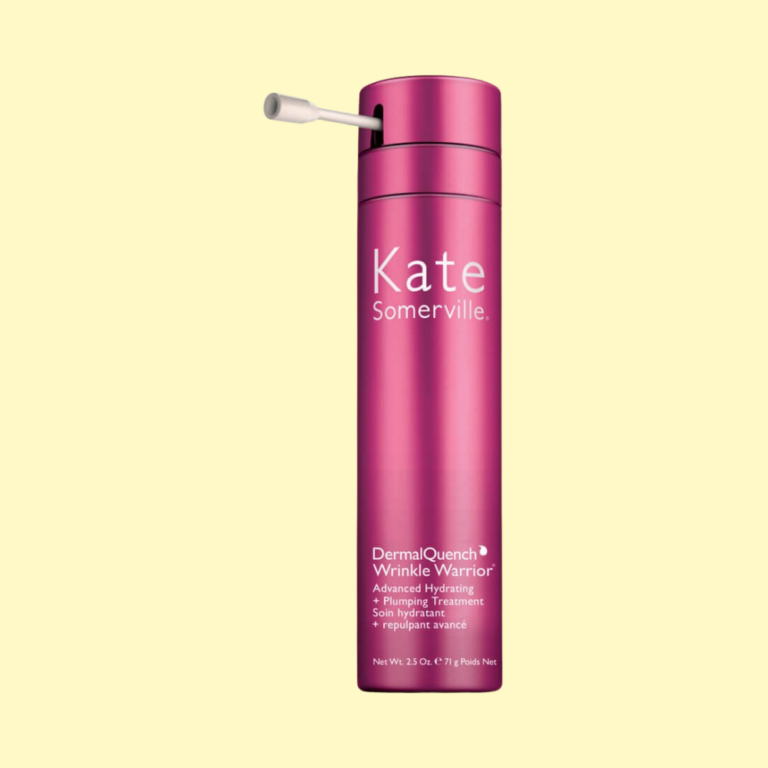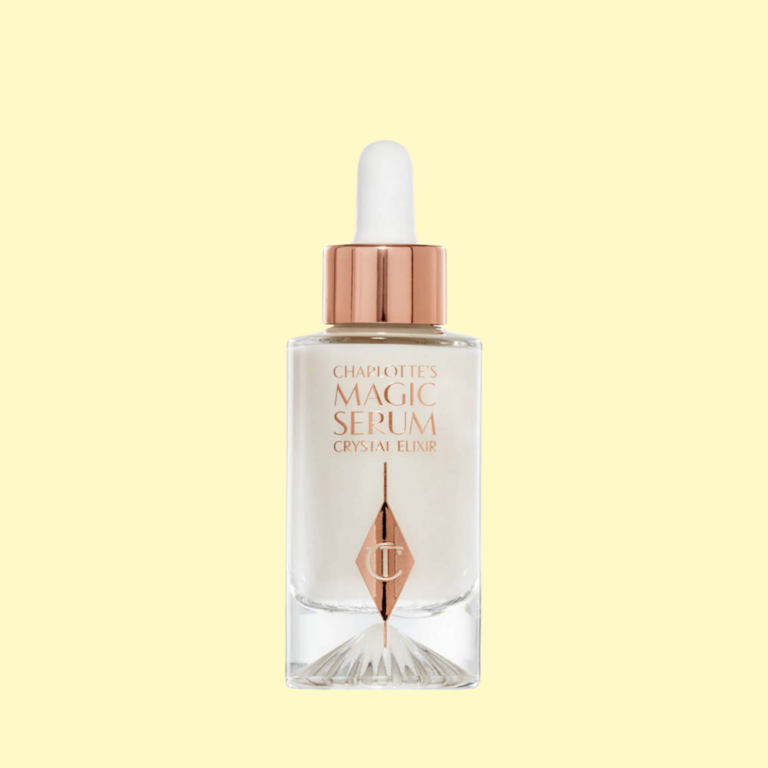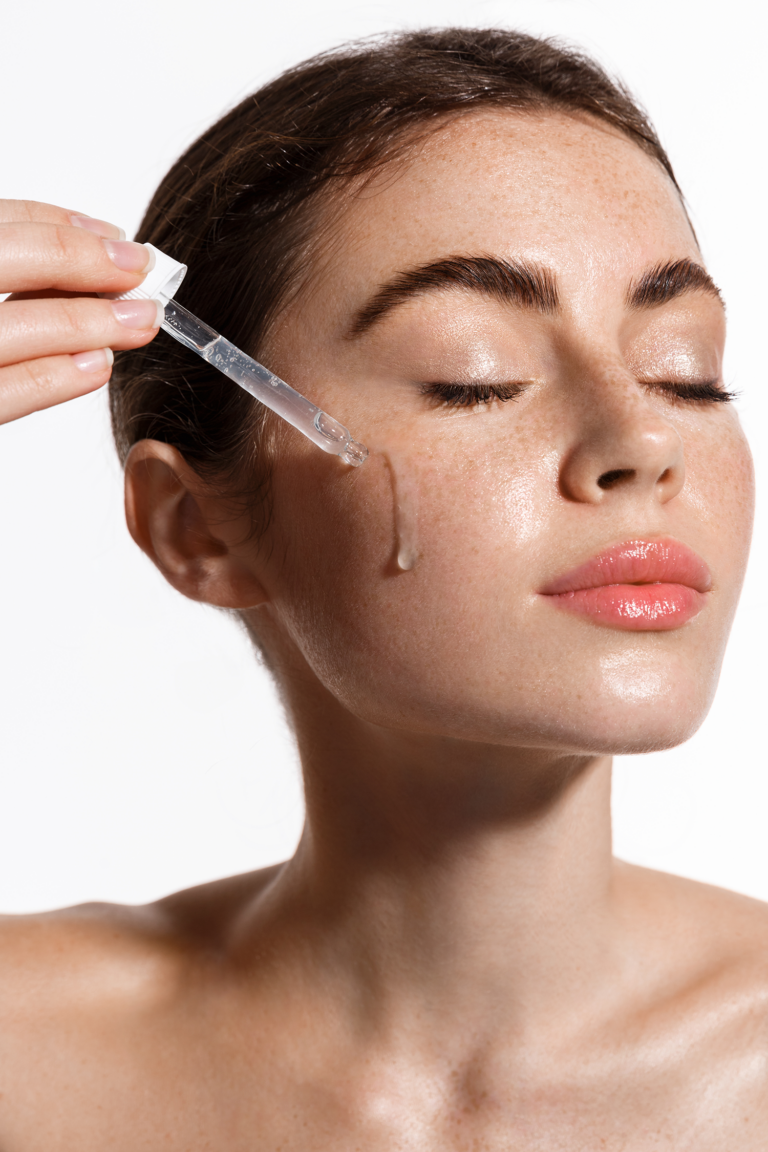
Acid and skincare sound about as compatible as oil and water, but those who are serious about their skincare know that certain acids hold the secret to a glowing complexion. Exfoliating, hydrating or regenerating, the right type has the ability to make so-so skin the best and already good skin even better.
Not all acids are created equal, though, and different skin types can react differently to them — what may work for you may not work for your sister or friend. All this can make ascertaining which acids you should be using quite confusing, which is why we’ve compiled this comprehensive guide to help you know your AHAs from your PHAs and everything in between. You’re welcome!
Glycolic acid
What: Glycolic acid is considered one of the most potent AHAs (alpha-hydroxy acids) around, making it one of our all-time favourites. This wonder acid penetrates deep into the skin, so it can treat a number of concerns. First and foremost, it’s used as an exfoliator that helps slough off dead cells and reveal the newer (brighter!) layers beneath, but its attributes don’t stop there. It’s also good
at correcting sun damage, smoothing fine lines, and addressing uneven skin texture, dullness and oiliness.
Who: Being a small molecule, it penetrates the skin quickly, so it can easily irritate sensitive skin if it’s used too often. Introduce this one into your skincare regimen slowly.
Try:
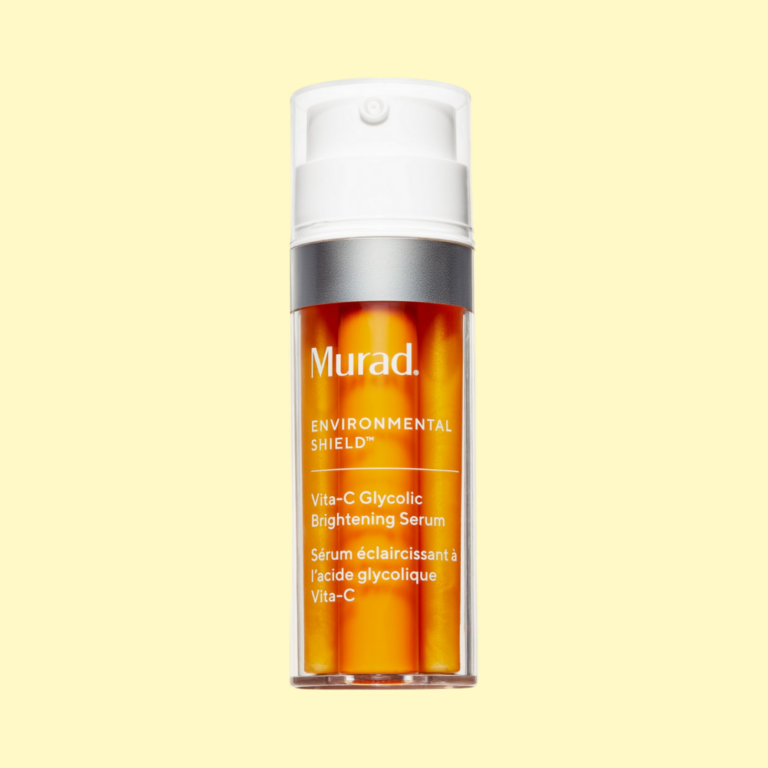
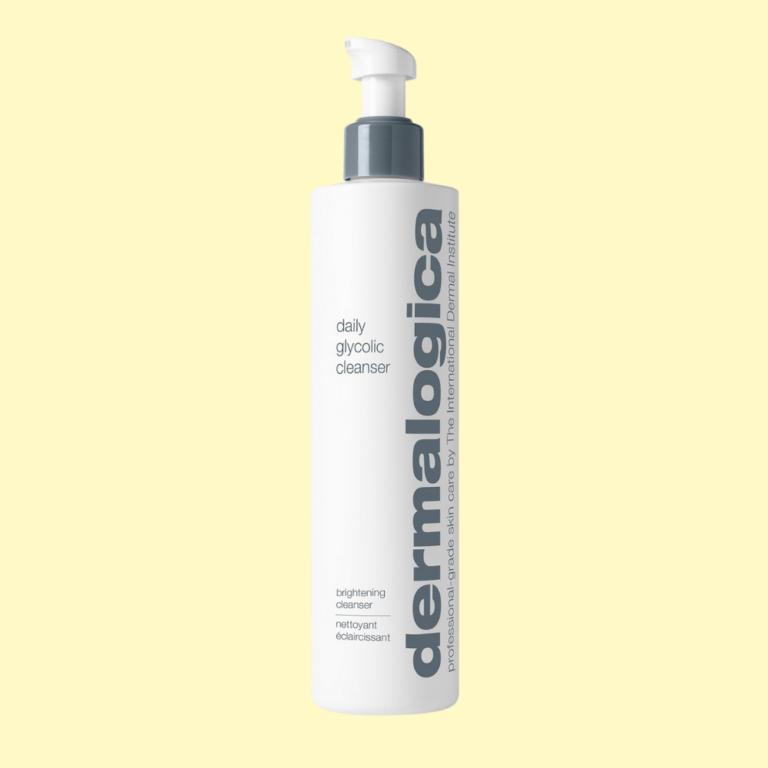
PHAs
What: The most common PHAs, or polyhydroxy acids, are gluconolactone, galactose and lactobionic acid. These have many benefits, including exfoliation, hydration and encouraging cell turnover. Due to their molecular structure, they have larger molecules than AHAs and BHAs, so can’t penetrate the skin as deeply, which makes them less irritating.
Who: Those with sensitive skin, because they work by exfoliating dead cells on the skin’s surface. They’re also a good option for those with dry skin, because they’re humectants, which means they attract water, helping with moisturisation.
Try:
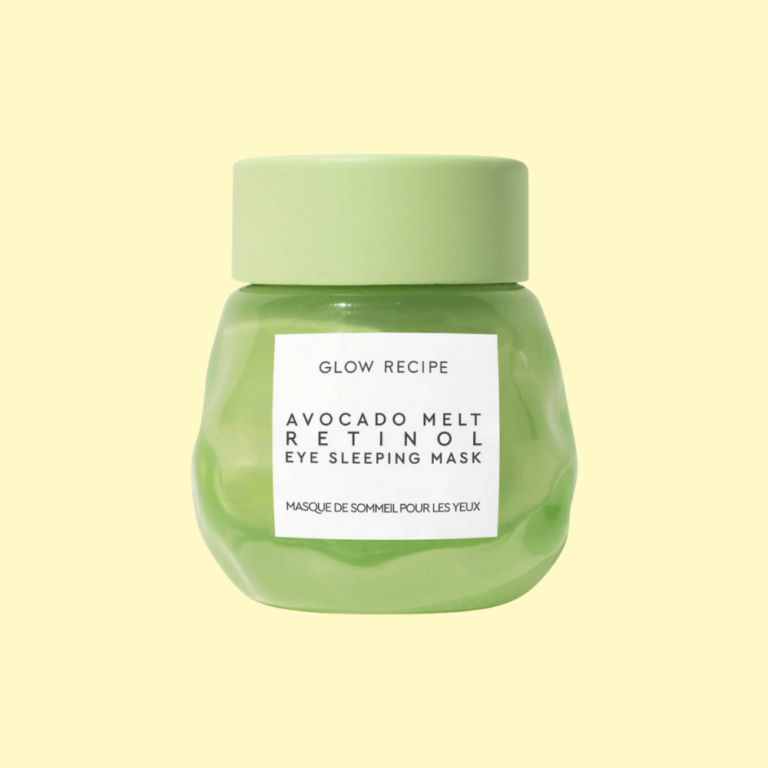
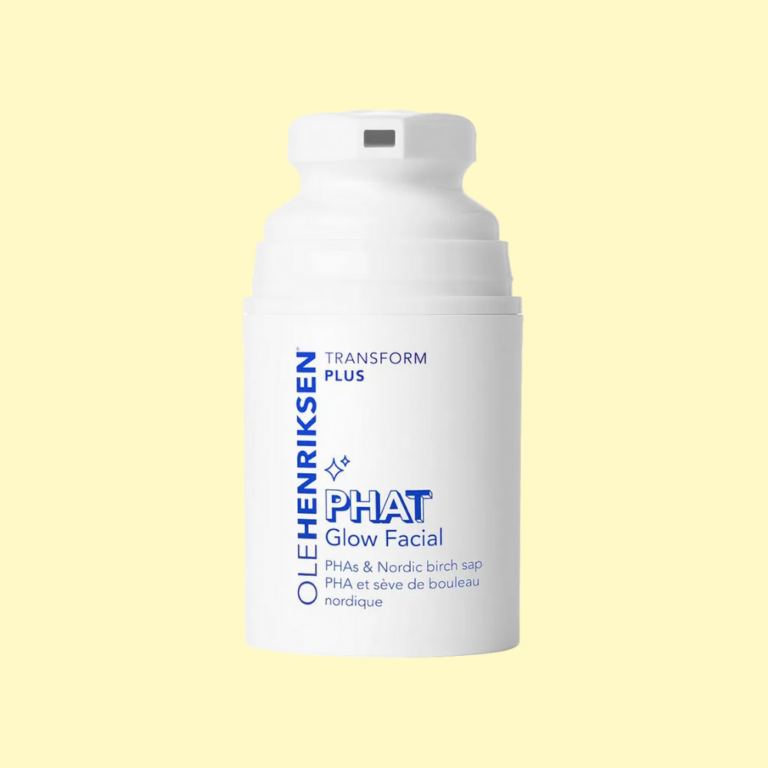
Salicylic acid
What: Often found on the ingredients list of acne-targeting products, salicylic acid is an oil-soluble type of acid that can penetrate your pores to clear
away clogging sebum and dirt.
Who: Salicylic acid’s anti-inflammatory profile makes it fantastic for those with sensitive skin, but people with oily and acne-prone skin will probably find
they benefit most.
Try:
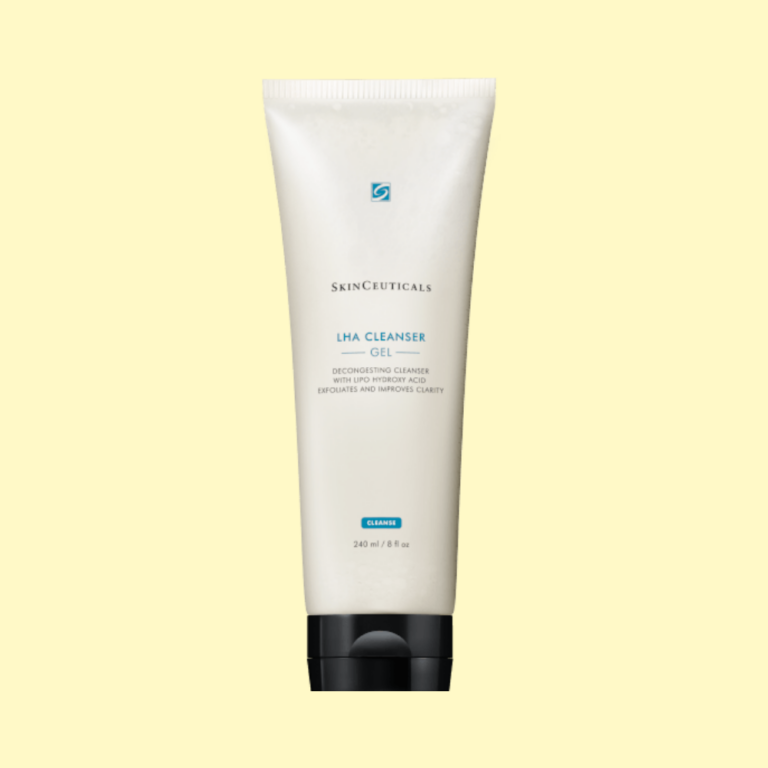
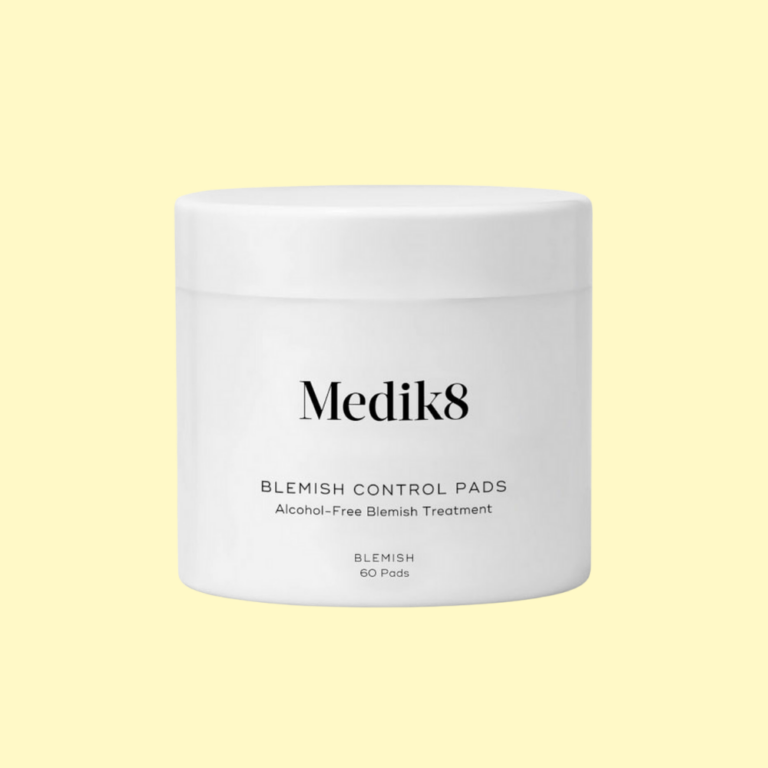
Lactic acid
What: Ancient Egyptians, including Cleopatra, were known for bathing in milk to improve their skin tone and texture. That’s because sour milk contains lactic acid, which also sits in the AHA family. Lactic acid is a gentle exfoliator of dead skin cells on the surface of the skin. It brightens, smooths and evens out the skin, while making it look firmer and working to reduce the appearance of fine lines, wrinkles and dark spots.
Who: With anti-inflammatory and antibacterial properties, it’s ideal for most skin types. But remember — even though it is a low-strength acid, it’s still an acid, so be careful not to overuse it.
Try:
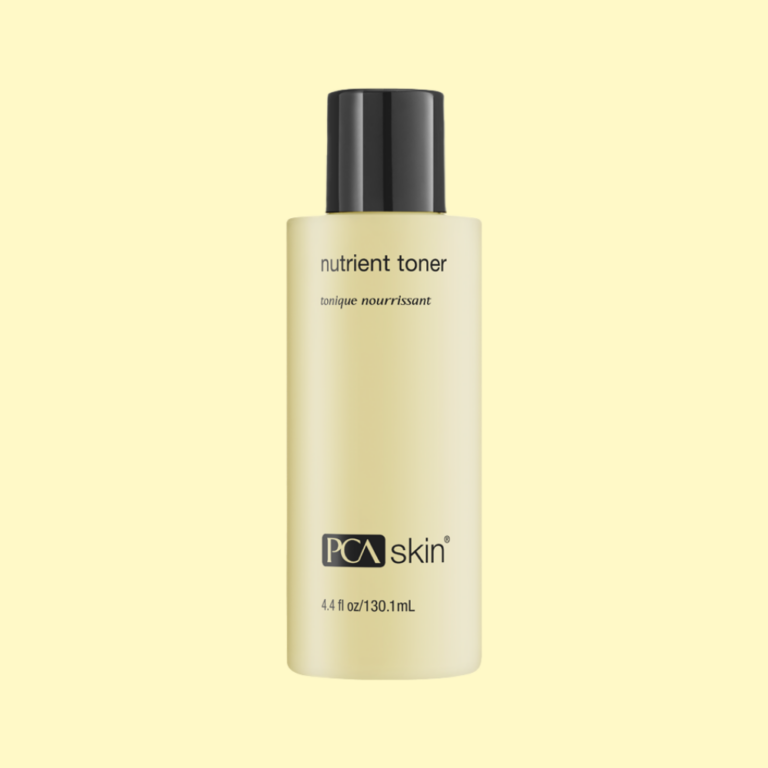
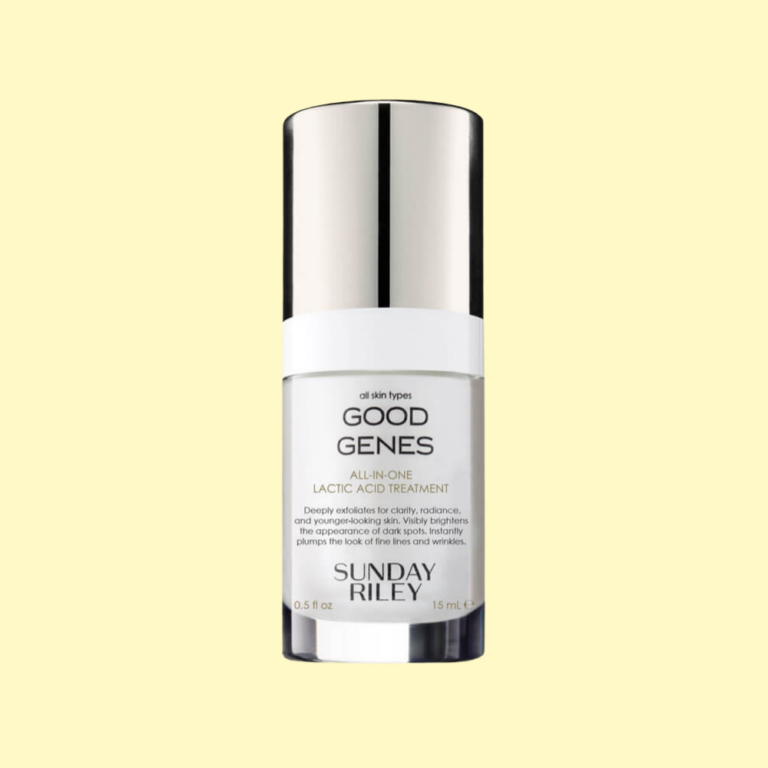
Ferulic acid
What: Ferulic acid, aka hydroxycinnamic acid, is an antioxidant that does a bit of everything, including neutralising the free-radical damage that accelerates skin ageing caused by things like pollution and ultraviolet light. Derived from the cell walls of oats, brown rice and peanuts, as well as the seeds of fruit including apples and oranges, it works to slow down the ageing process by reducing the impact of free radicals. It also protects against sun damage and is particularly good to use in conjunction with a vitamin C serum, as it boosts the effectiveness.
Who: Those who want to look younger for longer. It’s safe to use every day, but a word of warning: don’t use it with exfoliating glycolic, salicylic or lactic acids. They can alter the skin’s pH, which can then change the effectiveness of this antioxidant.
Try:
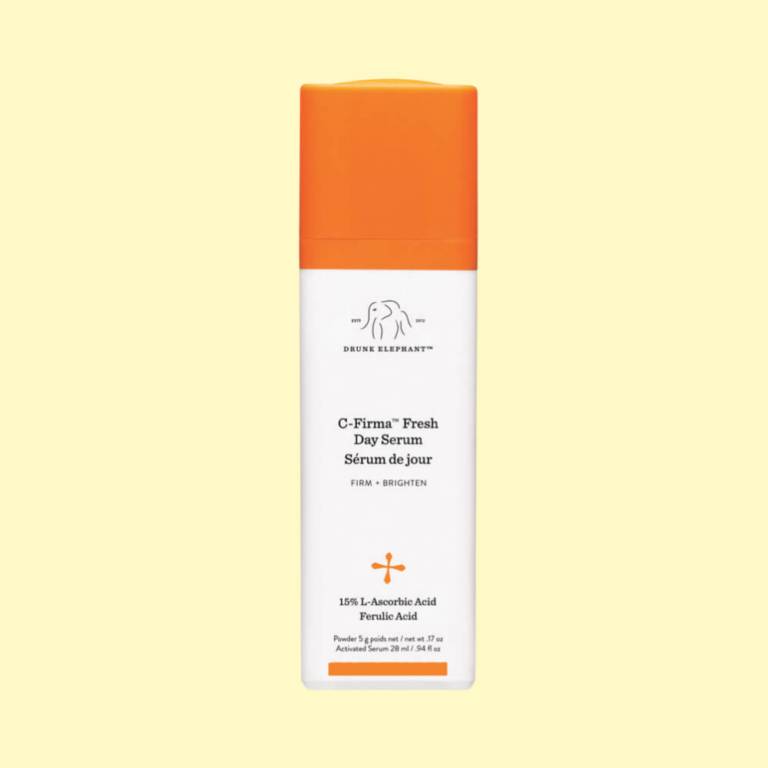
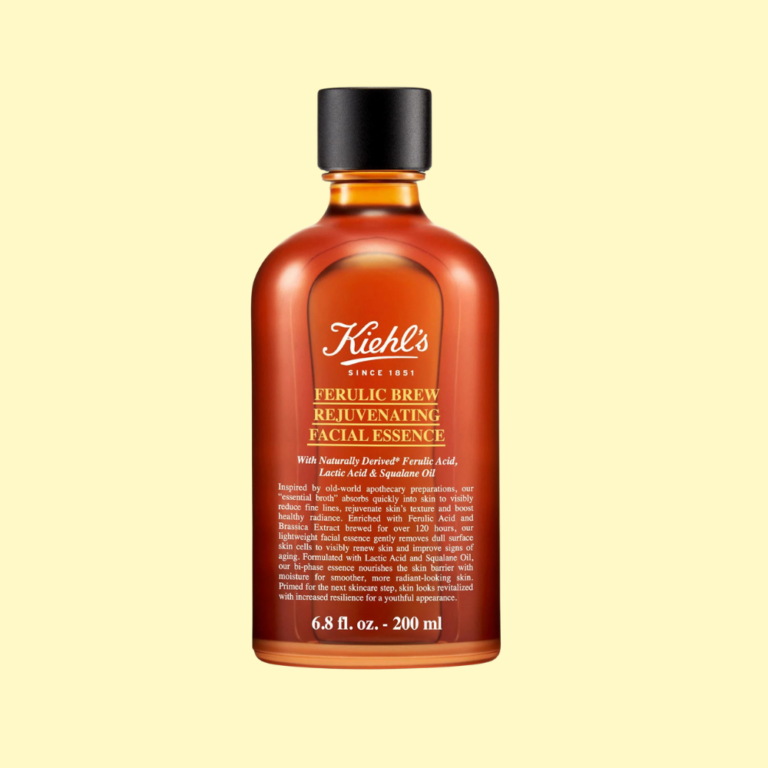
Hyaluronic acid
What: There’s a lot of hype around hyaluronic acid, and for good reason. Because it can hold up to 1000 times its own weight in water, this ingredient can really hydrate and plump your skin. Our bodies naturally produce hyaluronic acid, but environmental aggressors such as sun exposure and pollution deplete our stores over time, making the topical application of a serum containing hyaluronic acid beneficial.
Who: Hyaluronic acid plays well with most other ingredients and can be paired with peels, vitamins, retinol and other acids. The exception is acids with a low pH, such as glycolic acid, because it may be ineffective. Hyaluronic acid can also be injected in clinics in gel form, in fillers such as Juvéderm and Restylane, to add volume to sunken areas and smooth lines.
Try:
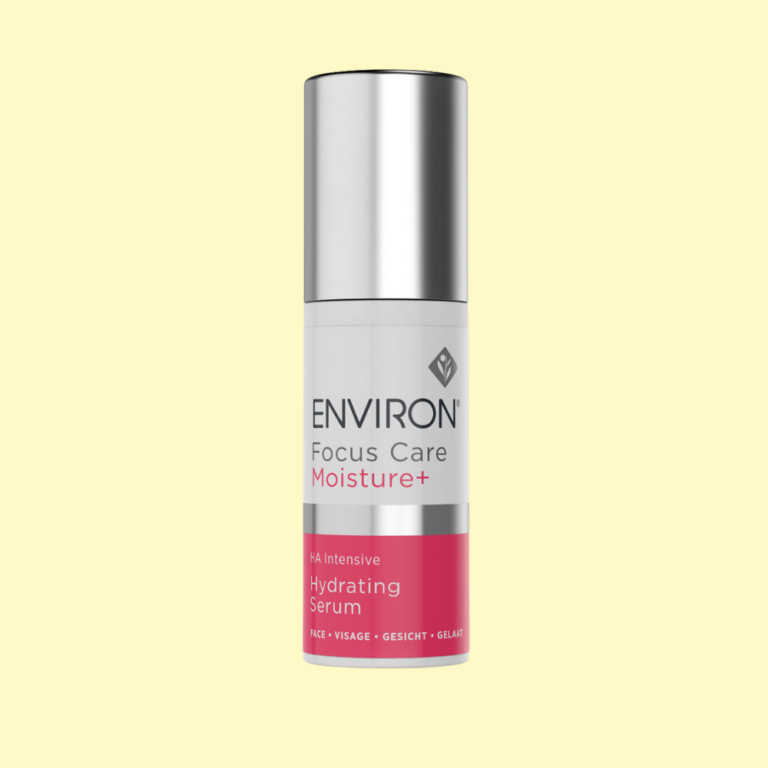
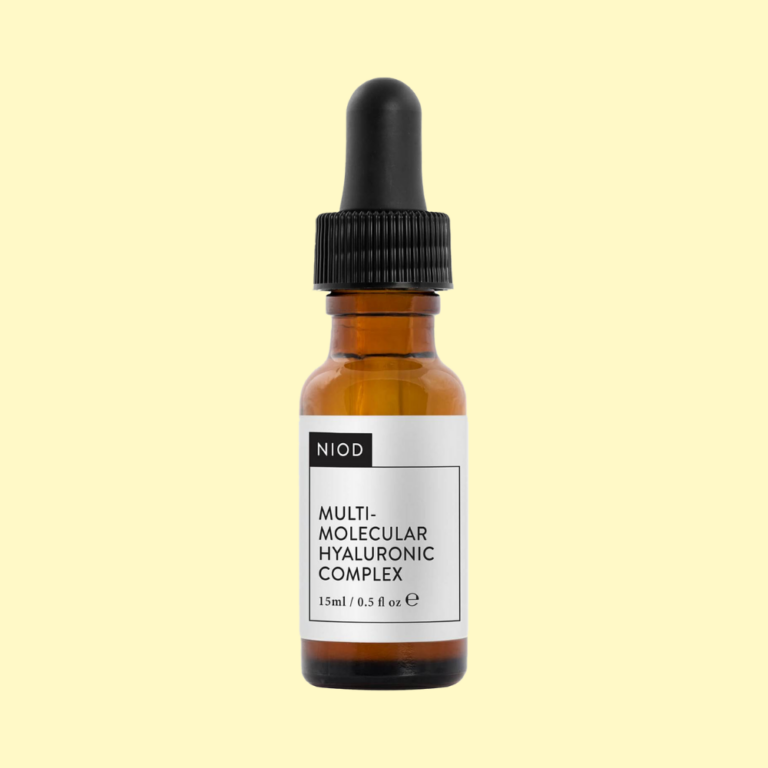
Retinoic acid
What: You’ve probably heard about the benefits of retinol, but do you know about retinoic acid? It’s the most active form of vitamin A, which works to stimulate collagen and elastin, and as a resurfacing agent to reduce pigmentation.
Who: This acid is highly active, so it isn’t recommended for sensitive skin. If you’re new to using it, start slowly, adding it to your evening routine every few nights. Watch for a reaction, and if your skin looks fine, bump that up to every evening.
Try:

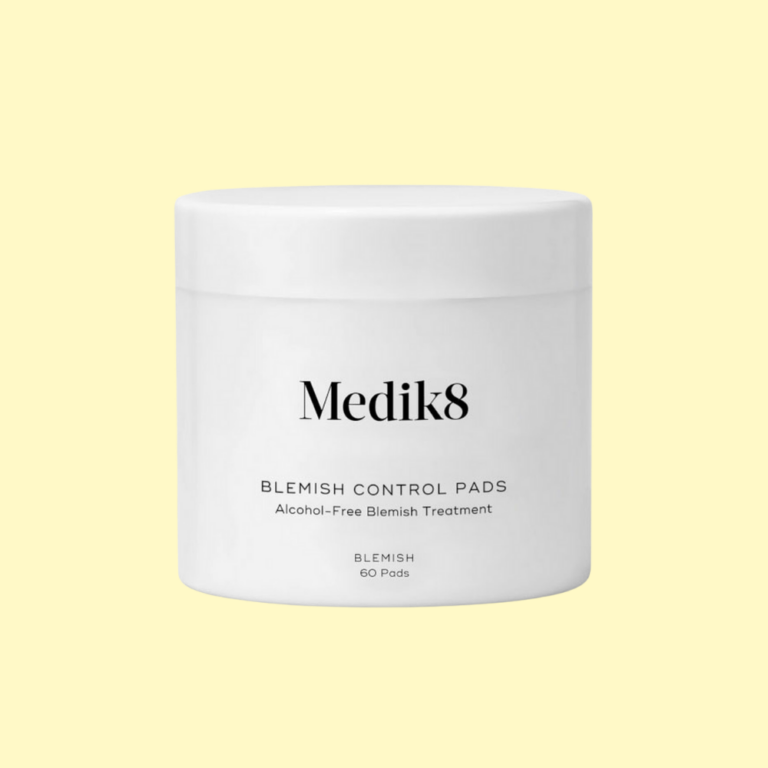
Mandelic acid
What: Mandelic acid is an alpha-hydroxy acid that’s derived from almonds. Like all AHAs, it’s function is to exfoliate the skin, but in a very gentle way due to its large molecular size.
Who: This is a winner for everyone including those with sensitive skin, as it takes longer to penetrate the skin, making it less irritating.
Try:
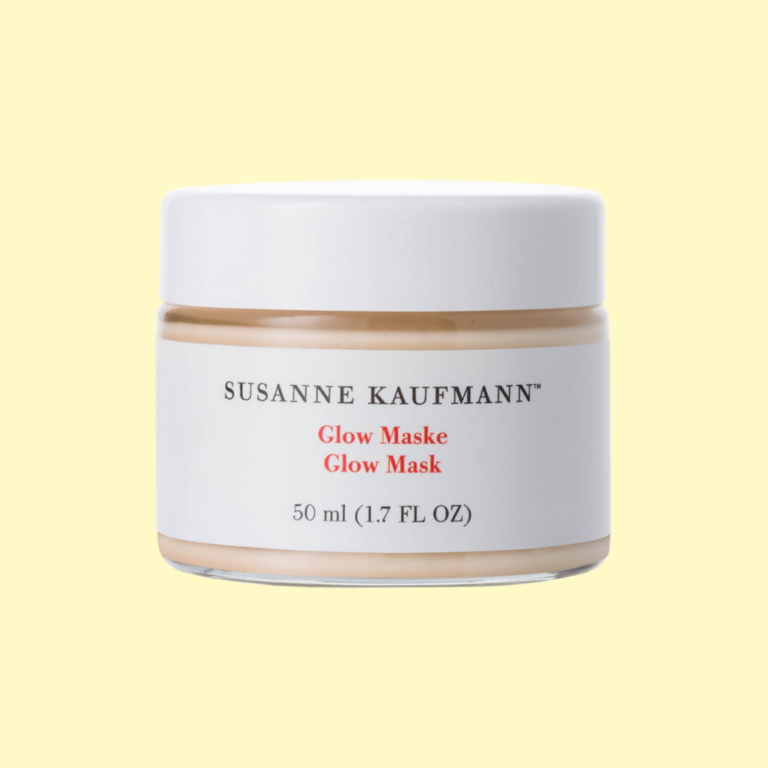
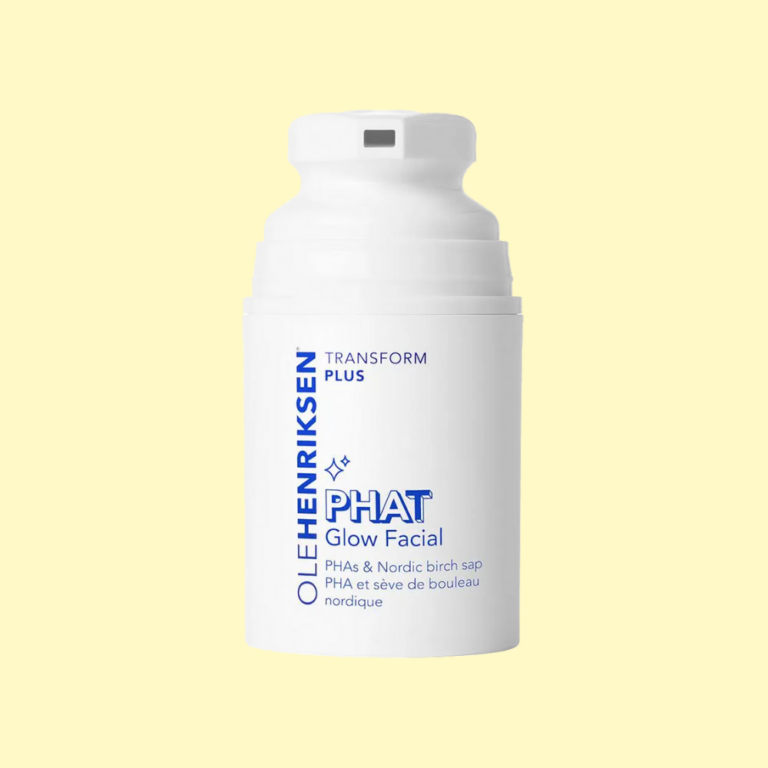
Polyglutamic acid
What: Hyaluronic acid’s top competition, polyglutamic acid is also known to be a major hydration hitter. In fact, it’s even more moisturising, containing four times more water than hyaluronic acid does. Because it’s a larger molecule, it sits on top of the skin, which is what helps add luminosity to your complexion while it hydrates.
Who: All skin types, but it’s particularly good for ageing skin, because the hydration also serves the function of plumping out lines and wrinkles.
Try:
